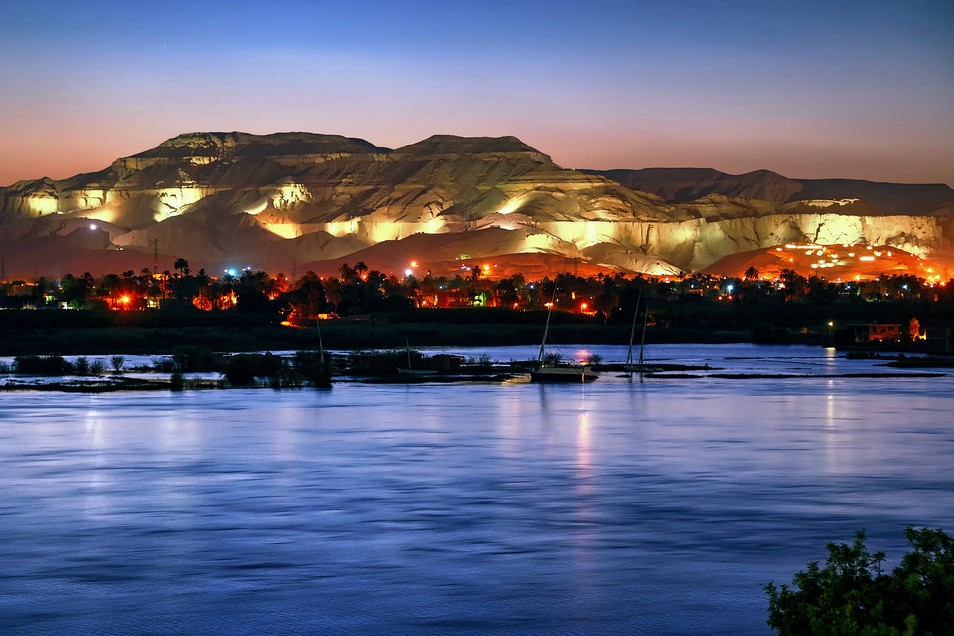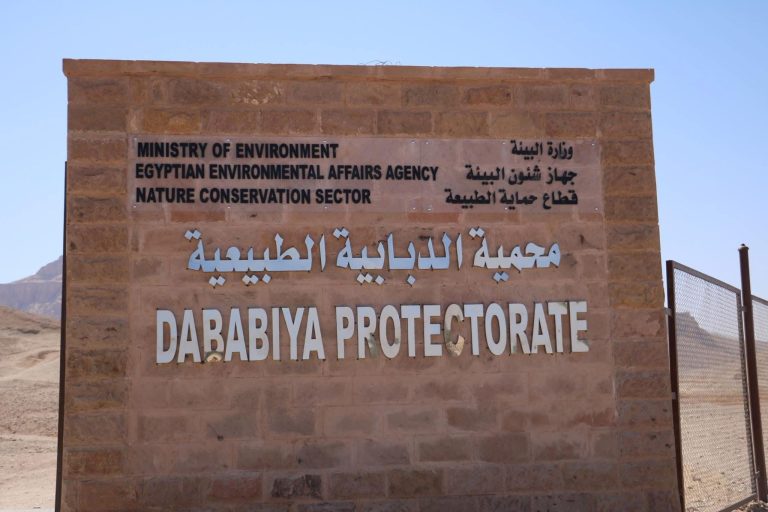Nile River
The Nile River is the lifeblood of Luxor
Stand by the Nile River at sunrise, and you’ll sense something special: a quiet energy in the water, a hidden force that carries not just boats, but also stories and memories from long ago. The golden light reflects off the water, making it feel like time stands still.
For the ancient Egyptians, the Nile was more than just a river; it was a vital lifeline. It was their main route, their way of keeping time, and their source of life. The Nile didn’t just flow through Egypt—it was Egypt.

A River That Moved a Civilization
Long before roads and cars crossed the desert, the Nile River was essential for moving people and goods. Stretching over 4,100 miles from East Africa to the Mediterranean, it created the only green path through one of the world’s toughest deserts.
The Nile offered a great transportation system. If you needed to travel north with cargo from Nubia, you could float with the current. If you were heading south to quarries in Aswan, you could raise a sail and catch the winds blowing upstream. This natural system allowed for easy travel in both directions, connecting different regions into one of the world’s first integrated states.
Boats made from papyrus reeds or acacia wood were key to Egyptian trade and expansion. The river connected Upper and Lower Egypt long before Menes unified the country around 3100 BCE. Ideas, laws, and culture traveled along the water.
Luxor Tours & Activities
Looking to save some costs on your travel? Why not join a shared group tour to explore Luxor, Egypt? Here are some activities you might be interested in:

Sacred Waters, Sacred Journeys
The ancient Egyptians believed that movement was sacred. Their boats were not just vessels but spiritual conduits. Pharaohs were buried with model boats to ensure a smooth passage to the afterlife, while the sun god Ra sailed in a solar barque, symbolizing death and rebirth.
Consider Khufu’s solar boat, found in 1954 near the Great Pyramid. This 143-foot cedar vessel was never meant for earthly waters, embodying a culture where boats linked the mortal and divine. The afterlife was imagined as a river journey.
Imagine a royal barge arriving at Karnak Temple during the Opet Festival, as priests chant and incense fills the air. The pharaoh’s arrival signifies his role in a cosmic drama, with the river acting as both stage and sacred script.

Engineering the Divine Flow
The Egyptians mastered the Nile by tracking its seasonal patterns with nilometers, which helped predict harvests, set taxes, and plan construction. Each summer, monsoon rains in Ethiopia swelled the Blue Nile, leading to “the Arrival of Hapi” in July, which deposited rich silt and transformed desert into fertile farmland. They developed complex systems of canals and dikes to efficiently control and distribute floodwaters, many of which still function today.

Highways of Stone and Spirit
The monuments of ancient Egypt were transported by Nile barges in grand processions, symbolizing royal power and religious devotion. Temples were strategically located along the Nile, serving as both religious centers and river ports. Pilgrims traveled from shrine to shrine, celebrating festivals tied to the life-giving waters.
The Nile was not just a river; it held divine significance in Egyptian cosmology, believed to be central to creation. The goddess Isis was said to weep tears that caused the annual floods, while pyramids were aligned with the river’s flow and celestial movements.

Where Ancient Rhythms Persist
In any Egyptian village today, you’ll see scenes reminiscent of ancient times. Feluccas, traditional wooden sailboats with triangular sails, still sail as they did thousands of years ago, with their timeless design reflecting perfection: simple, efficient, beautiful.
Children play along muddy banks where their ancestors swam, while farmers cultivate crops in soil enriched by the river, now managed by the Aswan High Dam. Fishermen use nets from boats that resemble those in Old Kingdom tomb paintings.
At sunset, the call to prayer floats over the water. Wedding parties celebrate on decorated boats, sharing joy across waters that have seen countless generations of happiness and sorrow.

The River of Memory
The Nile profoundly shapes Egyptian identity. Modern Egyptians refer to “Upper” and “Lower” Egypt, terms rooted in the river’s perspective, and orient their world around its flow, using “upstream” and “downstream” like compass directions.
In Arabic, it’s called “An Nahr,” meaning “The River,” reflecting its unmatched significance. For Egypt, only this river truly matters.

Lessons from Eternal Waters
In our fast-paced age, the Nile teaches us patience and persistence. It shaped the Sahara not through violence, but with gentle, consistent pressure over millions of years. It built civilizations through connection and flow, not conquest. Ancient Egyptians didn’t stop the floods—they learned to work with them, celebrate the seasons, and harness the current.

The Still-Beating Heart
Today, as cruise ships transport tourists between ancient temples, the Nile continues its timeless journey, carrying not just water but also memory. Each ripple holds echoes of pharaohs, farmers, priests, and poets.
This river, which nurtured humanity’s greatest civilizations, still flows, witnessing the rise and fall of empires, the spread of religions, and the birth of modern Egypt. It rises in the heart of Africa and flows to the Mediterranean, embodying the dreams of all who depend on it.
When you see the Nile—whether in person or through images—remember: you’re witnessing Egypt’s ancient heartbeat. After thousands of years, that heart continues to beat, reminding us of the power of persistence. The Nile doesn’t hurry; it knows that with time, even the hardest stone will yield to patient water.
Did you know that
By purchasing through our links, you support us at no additional cost.
Thank you for your support. ♥️


